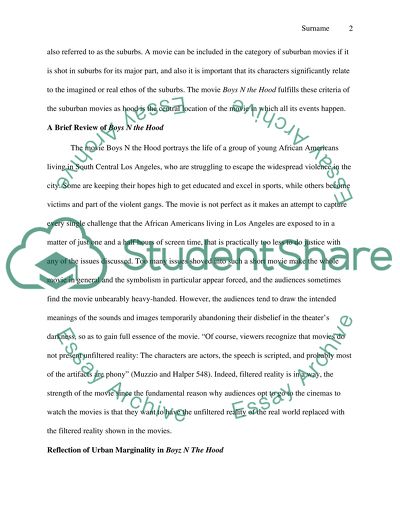Cite this document
(“Urban marginality in Los Angeles as seen through the film Boyz N The Essay”, n.d.)
Urban marginality in Los Angeles as seen through the film Boyz N The Essay. Retrieved from https://studentshare.org/history/1400724-urban-marginality-in-los-angeles-as-seen-through
Urban marginality in Los Angeles as seen through the film Boyz N The Essay. Retrieved from https://studentshare.org/history/1400724-urban-marginality-in-los-angeles-as-seen-through
(Urban Marginality in Los Angeles As Seen through the Film Boyz N The Essay)
Urban Marginality in Los Angeles As Seen through the Film Boyz N The Essay. https://studentshare.org/history/1400724-urban-marginality-in-los-angeles-as-seen-through.
Urban Marginality in Los Angeles As Seen through the Film Boyz N The Essay. https://studentshare.org/history/1400724-urban-marginality-in-los-angeles-as-seen-through.
“Urban Marginality in Los Angeles As Seen through the Film Boyz N The Essay”, n.d. https://studentshare.org/history/1400724-urban-marginality-in-los-angeles-as-seen-through.


